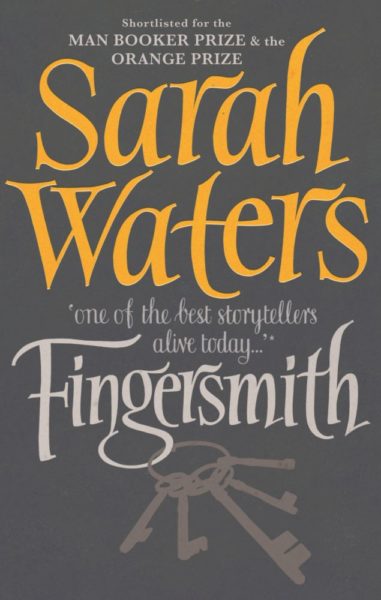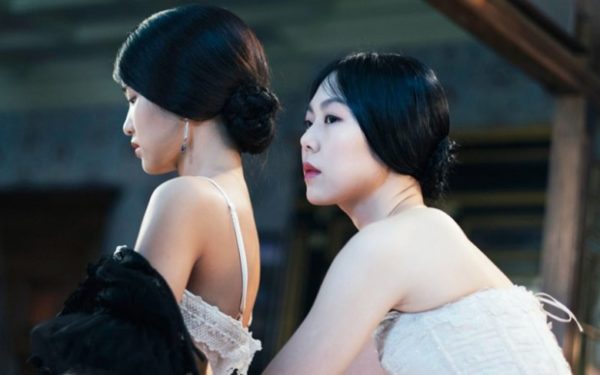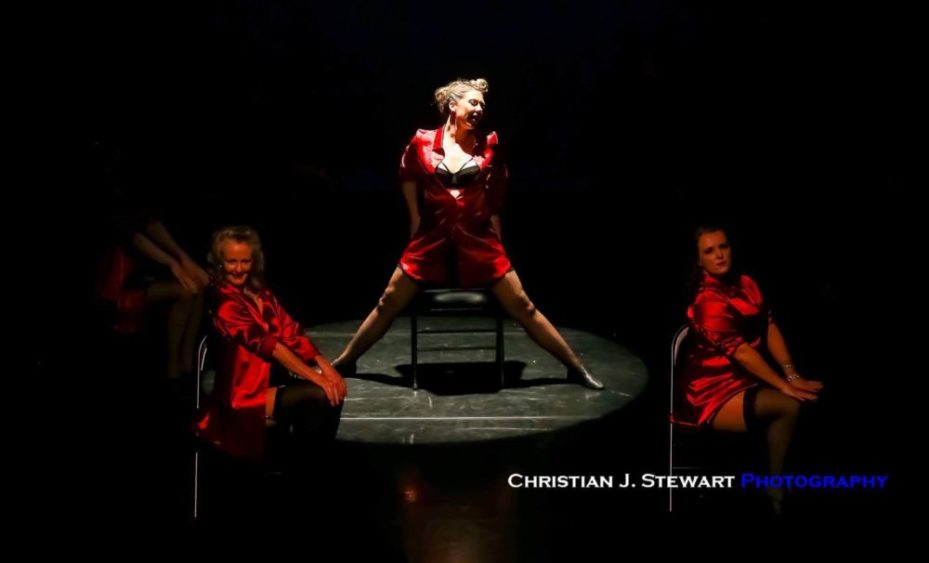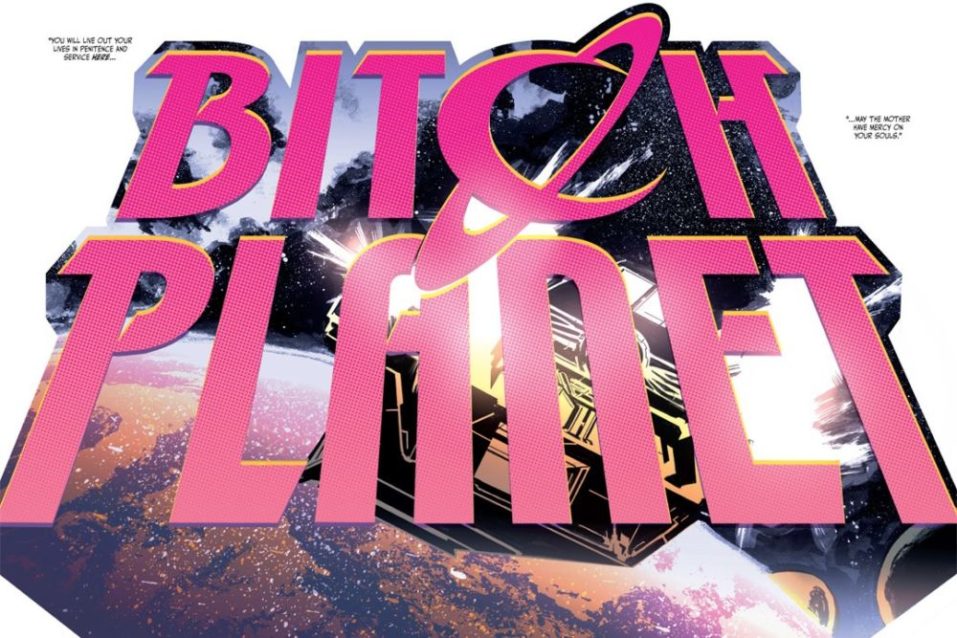Fingersmith: Dickens, but with lesbians and good pacing
I came to Sarah Waters’ 2002 historical crime thriller Fingersmith having already seen Park Chan-wook’s South Korean film adaptation The Handmaiden, which is (loosely) based on the book. While the movie was excellent, I do have to wonder if seeing it first did me something of a disservice. To truly be enjoyed, Fingersmith’s twisting, intricate story requires almost no foreknowledge—in fact, the less you know about it going in, the better.

If the words “lesbian Dickens” don’t catch your attention, the plot should be more than enough hook you in, though revealing the basic premise feels like giving too much away. Susan Trinder is a rough-and-tumble city orphan raised among a gang of thieves, or “fingersmiths,” in the sketchiest part of Victorian London. Sue finds herself pulled into a ploy to help Richard “Gentleman” Rivers, a disgraced nobleman turned con artist, seduce a wealthy country heiress and make off with her inheritance.
The page-turning plot, which also features mistaken identity, an insane asylum, and a murder most foul, seems tailor-made for a modern screen audience, which is partially why both screen adaptations (the BBC also made one in 2005) were so successful. However, the world Waters creates is the book’s true strength: it lends a level of authenticity to the wild story that makes you feel like you’re reading the work of a true Dickens contemporary—without the high-brow language and plodding pace that often keep modern readers away from classics. Fingersmith’s pacing is whip-quick, to the point that I almost wanted it to be longer than its 550 pages.
As Dickens himself could attest, Victorian literature is at its best when it focuses on those the era left behind. The girls, the poor, and the mentally ill all feature prominently in Fingersmith, and Waters paints a gritty, engrossing portrait of Victorian London and the surrounding countryside that makes you feel like you’re living right there. While the two main settings—a run-down south London thieves’ nest and a gothic country estate—are deliciously real, you get the sense from both of them that nothing is quite as it seems.

This also applies to the characters. In almost every case, a Victorian archetype of some kind gets dissected and subverted, from the genteel thief to the ragtag band of street urchins. This is particularly evident in Mrs. Sucksby, Sue’s adoptive mother, who makes her living peddling unwanted infants out of her makeshift foundling hospital. She plays the part of the crotchety old matron so well that she’s able to use others’ assumptions about her to her greedy, selfish advantage. But Mrs. Sucksby does genuinely care for Sue, in her own way, and you as the reader are never quite sure whether to love her or hate her.
“This all sounds cool, but this is a queer lit review series,” you protest. “Where’s the queer?”
It’s there, I promise, in the form of a beautifully complex, explorative, aching relationship between two of the main characters. To tell much more than that, though, would be to spill far too many beans. I’ll just leave it at this: you’ve read the title of the book, so you already know more than you think you do.







